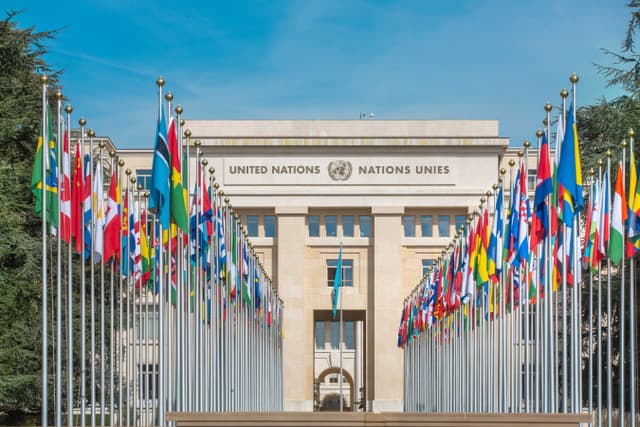
A new report from the UN Environment Programme (UNEP) has provided evidence that pollution created by the pharmaceutical, healthcare and agricultural sectors ‘plays a key role’ in the development and spread of antimicrobial resistance (AMR).
The report, Bracing for Superbugs: Strengthening environmental action in the One Health response to antimicrobial resistance, calls for a ‘multi sectoral response’ to AMR, which is listed by the World Health Organization as one of the top ten threats to global health.
AMR develops when bacteria, viruses, fungi and parasites change and adapt to antibiotics over time, making them more resistant to drug treatments. As a result, infections become harder to treat and the risk of severe illness and death increases.
It is estimated that 1.27 million deaths were directly attributed to drug-resistant infections in 2019, with AMR expected to cause ten million additional direct deaths each year by 2050. This equals the number of global deaths from cancer in 2020.
The report from UNEP details that increased use and misuse of antimicrobials and other microbial stressors, such as pollution, create favourable conditions for microorganisms to develop resistance both in humans and the environment from sources such as sewage.
Polluted waterways, particularly those that have been polluted for some time, are likely to harbour microorganisms that increase AMR development.
In the case of the pharmaceutical sector, pollution can come from manufacturing facilities and entry of excreted drug products into wastewater systems.
Seeking to tackle the problem, the report proposes a set of measures to address both the decline of the environment and the rise of AMR.
This includes improving water management and sanitation, integrating environmental considerations into AMR national action plans and developing international standards for what constitutes a good microbiological indicator of AMR from environmental samples.
UNEP’s executive director, Inger Andersen, said: “Pollution of air, soil and waterways undermines the human right to a clean and healthy environment. The same drivers that cause environment degradation are worsening the antimicrobial resistance problem. The impacts of antimicrobial resistance could destroy our health and food systems.
“Cutting down pollution is a prerequisite for another century of progress towards zero hunger and good health.”




